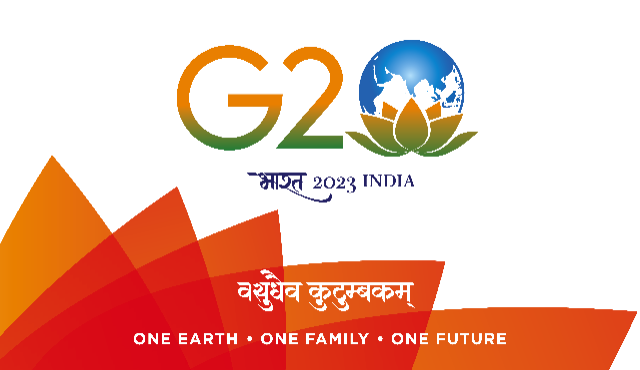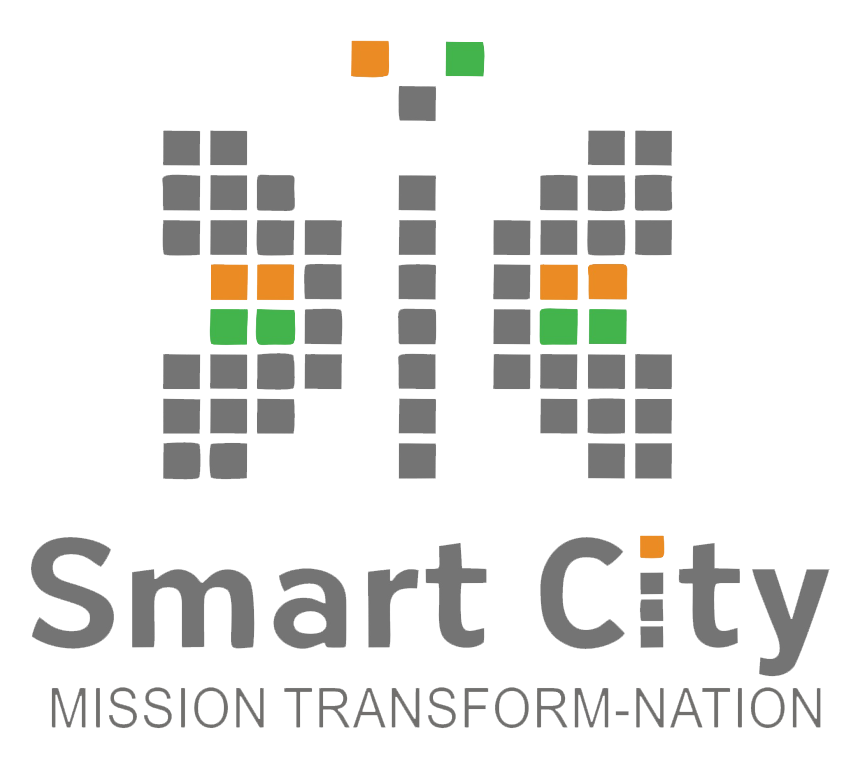



The United Nations (UN) Urbanization Prospects report (2009) indicated that the world will become predominantly urban in a few years. The increasing interest in urban affairs (policy and praxis), the renewal mission and the shift in global economic growth towards China and India fueled increased interest in urbanization, services and investment needs. Following the history of various committees or institutions mandated (Rakesh Mohan Committee, 1996; HUDCO, 2000) to estimate aggregate levels of total annual investment requirements for urban infrastructure, the High Powered Expert Committee (HPEC) was tasked (2008) by the Planning Commission to estimate the demand for urban infrastructural services, along with other issues relevant to the conceptualization and management of these. Onsite sanitation systems are usually invested in by households and maintained by them through access to market service providers (for example, masons, septage collectors, and so on). Apart from state-assisted capital investments (like in the Integrated Low Cost Sanitation Scheme for the poor households), these capital investments are mostly private and from households. In the coming years, without the urban household sanitation structure will continue to exhibit a mix of different sanitation technologies and arrangements, onsite, sewered, shared/community/public and household ownership. The composition could show variation depending on the incentives provided at the city level through programmatic interventions using behavior change and market-linked approaches. The objective of this study was to review and refine earlier work on financing needs of the urban sanitation sector and, based thereon, project investment requirements for addressing the full cycle of sanitation in urban areas, that is, providing universal access (for resident households and floating populations), and for safe collection, conveyance and treatment of human excreta.